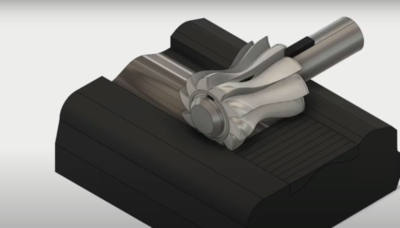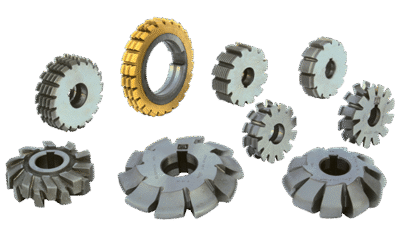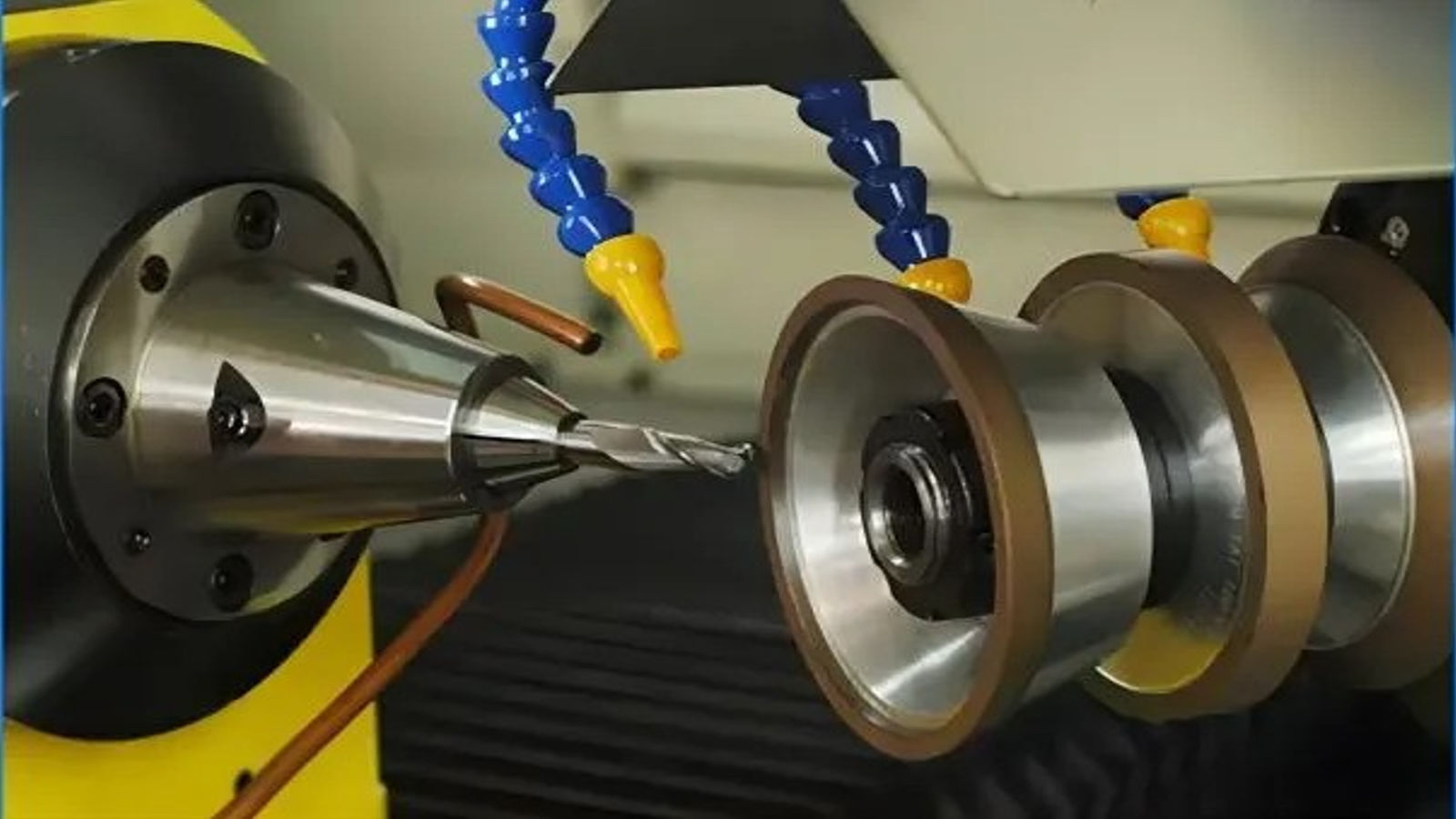Form milling stands out among machining processes due to its unique ability to produce complex profiles, curves, and contours that conventional milling methods struggle to achieve efficiently. This comprehensive guide explores the form milling process, tooling considerations, advantages, limitations, and significant industrial applications, providing insights to help engineers and manufacturers optimize their manufacturing strategies.
Introduction to Form Milling

What is Form Milling?
Form milling is a specialized CNC milling process where the cutting tool’s shape directly matches the desired shape or profile of the final product. Unlike standard milling processes that typically use general-purpose cutters, form milling uses specially crafted cutters designed for intricate geometries. This method is particularly suitable for producing complex features repeatedly with high precision.
Importance in Manufacturing
Due to its high accuracy and repeatability, form milling is critical in industries where precision and consistency are paramount, such as aerospace, automotive, medical device manufacturing, and mold making.
Working Principles of Form Milling

Form milling involves precisely cutting shapes and profiles into a workpiece by moving it against a stationary, specially designed milling cutter. Here is a detailed step-by-step overview:
Step-by-Step Process:
Step 1: Tool Selection
Choose a form milling cutter specifically manufactured to match the required profile or contour.
Step 2: Workpiece Preparation
Secure the workpiece onto the CNC milling table or fixture.
Step 3: Machine Setup
Program the CNC milling machine, entering precise instructions regarding the tool path, depth of cut, speed, and feed rates.
Step 4: Milling Operation
The rotating milling cutter moves along the defined path, cutting and shaping the material to produce the desired profile.
Step 5: Finishing
Depending on the required surface finish, additional finishing processes like polishing or deburring may be applied.
Types of Form Milling Cutters

Several form milling cutter types exist, each tailored for specific operations:
Corner-Rounding Cutters
Used for smoothly rounding corners of workpieces, enhancing safety and aesthetics.
Concave and Convex Cutters
These cutters produce precise concave (inward curves) or convex (outward curves) profiles, ideal for detailed shaping tasks.
Gear Cutters
Specialized cutters for machining gear teeth profiles accurately, essential in automotive and industrial machinery manufacturing.
Spline Cutters
Used for machining spline shafts, ensuring precise mating components.
Custom Form Cutters
Tailored cutters for specific applications or unique profiles, commonly used for specialized tasks in various industries.
Cutter Materials and Coatings
Form milling cutter performance significantly depends on the cutter’s material and coating.
High-Speed Steel (HSS):
Offers toughness and affordability but limited wear resistance and speed capability.
Carbide (Tungsten Carbide):
Superior wear resistance, toughness, and capable of higher machining speeds—ideal for tougher materials like steel and titanium.
Ceramic and Cermet:
Excellent heat resistance but lower toughness, suitable for high-speed, precision milling.
Popular Coatings:
Titanium Nitride (TiN): Improves tool life and reduces friction.
Titanium Aluminum Nitride (TiAlN): Ideal for high-temperature and high-speed milling.
Diamond-Like Carbon (DLC): Offers exceptional wear resistance for abrasive materials.
Advantages of Form Milling
Form milling delivers several significant benefits:
High Precision and Accuracy:
Ideal for creating complex geometries with consistent precision, reducing errors.
Repeatability:
Enables mass production of identical, intricate parts without variation.
Single-Pass Efficiency:
Many profiles are produced in a single pass, significantly improving productivity.
Versatility:
Can be adapted for various materials, including metals, plastics, and composites.
Cost-Effective Production:
Minimizes secondary processing, reducing total manufacturing time and costs.
Limitations of Form Milling
Despite its numerous benefits, form milling presents some limitations:
Initial Tooling Cost:
Custom form cutters can be expensive and have higher initial setup costs.
Tool Wear:
Cutter wear can be significant, especially when milling harder materials, requiring frequent maintenance or replacement.
Limited to Specific Profiles:
Form cutters are specific to one particular profile, limiting their use in applications needing diverse shapes.
Surface Finish Requirements:
May need secondary finishing processes for ultra-smooth surfaces.
Key Industrial Applications of Form Milling
Form milling plays a vital role in several advanced industries:
Aerospace Industry:
Critical for manufacturing turbine blades, engine components, and aerodynamic parts requiring precise, intricate profiles.
Automotive Industry:
Widely used for gears, transmission components, crankshafts, and complex shaped parts requiring consistent quality.
Medical Device Manufacturing:
Essential for producing intricate components like surgical instruments, implants, and prosthetic parts that demand high accuracy.
Die and Mold Manufacturing:
Used extensively for producing accurate molds for casting and injection molding, providing consistent reproduction of complex shapes.
Custom Tools and Components:
Ideal for machining unique profiles in specialty equipment and precision-engineered components.
Form Milling vs. Other Milling Techniques
Comparing form milling to other common milling methods highlights its specific strengths and limitations:
| Milling Method | Applications | Advantages | Limitations |
| Form Milling | Complex profiles, gears, splines. | High precision, repeatability | High initial tooling cost |
| Face Milling | Flat surfaces | Excellent finish, fast | Limited to flat surfaces |
| Side Milling | Vertical flat surfaces | Good accuracy | Simple geometry only |
| Slot Milling | Slots and grooves | Versatile | Limited complex contours |
| End Milling | Slots, pockets, complex contours | Highly versatile | Multiple passes required |
Tips for Optimizing Form Milling Operations
Choose carbide tools with suitable coatings for longer tool life and efficiency.
Use proper coolant and lubrication to reduce friction and heat.
Maintain recommended cutting speeds and feed rates to prevent tool wear and ensure a quality finish.
Regularly inspect and replace worn cutters to maintain accuracy.
Utilize CNC simulation software to optimize tool paths and prevent costly errors.
Conclusion
Form milling is an invaluable machining process when intricate geometries, high precision, and repeatability are essential. By understanding its capabilities, cutter types, benefits, limitations, and best practices, manufacturers can leverage form milling effectively, significantly improving efficiency and product quality in various industrial applications.
FAQs
- What is the primary advantage of form milling?
Form milling excels in producing intricate profiles with exceptional accuracy and repeatability. - Are custom cutters necessary for form milling?
Yes, custom form cutters are typically required, tailored specifically to the desired profile or contour. - Can form milling achieve fine surface finishes?
Yes, form milling can achieve relatively fine finishes; however, additional processes such as polishing may be required for ultra-smooth surfaces. - What materials are ideal for form milling cutters?
Carbide, High-Speed Steel (HSS), and ceramic materials, with carbide often preferred for tough materials due to its superior wear resistance.

